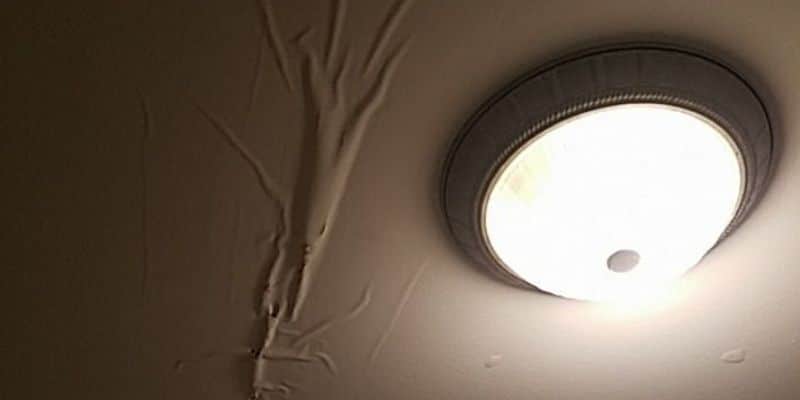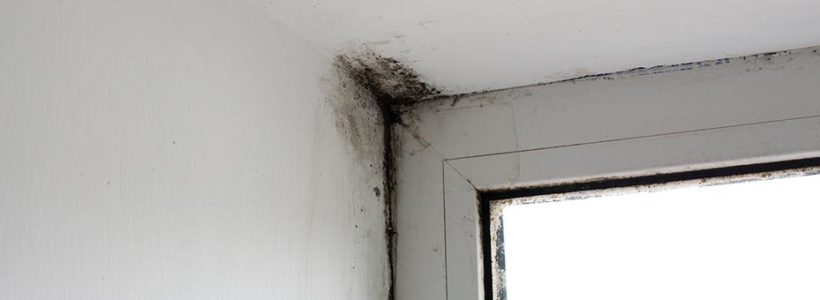Spotting Water Stains on Walls - Ways to Address Them Properly
Spotting Water Stains on Walls - Ways to Address Them Properly
Blog Article
We've stumbled on this article involving Water Stains on Walls down the page on the web and figured it made perfect sense to relate it with you in this article.

Water discolorations on wall surfaces are not pleasurable to the eyes. Your home should be without stains on the walls, roof, or floorings. That is the optimal state of a residence as well as its structures. Yet, sometimes it appears practically unavoidable to experience water stains on walls in residences.
House owners living in moist areas constantly deal with the fear of water stains on wall surfaces. With well-shaped and accurate information on the causes of water spots as well as punctual repair service processes, you will certainly constantly be an action in advance of such events.
3 Usual Root Causes Of Water Spots on Walls
As opposed to popular belief, water discolorations on walls do not constantly stem from inadequate building products. There are numerous reasons for water spots on walls. These include:
Moist
When warm damp air meets completely dry chilly air, it creates water droplets to base on the walls of structures. When there is vapor from food preparation or showers, this happens in kitchens and also bathrooms. The water droplets can tarnish the surrounding walls in these parts of your residence and also spread to other locations.
Damp or condensation impacts the roof covering and walls of structures. When the wall is damp, it produces an ideal setting for the development of fungi and germs.
Poor Drainage
This will avoid water from seeping right into the wall surfaces. This links to excessive moisture that you see on the walls of your structure.
The leading cause of wet wall surfaces, in this case, can be a poor drainage system. It can also result from poor management of sewer pipelines that run through the structure.
Pipe Leaks
A lot of homes have a network of pipes within the wall surfaces. This guarantees that the pipes are faraway from the reach of devastating rats. It constantly enhances the feasibility of such pipelines, as there is little oxygen within the wall surfaces. This inhibits rust.
A disadvantage to this is that water leakage impacts the walls of the building as well as causes widespread damage. A telltale sign of malfunctioning pipelines is the look of a water discolor on the wall.
Pro Tip
A houseplant in your home likewise raises its moisture. If the residence is already humid, you may desire to present houseplants with minimal transpiration. An example of suitable houseplants is succulents.
Water Discolorations on Wall Surface: Repair Tips
House owners would usually desire a quick fix when handling water spots. They would quickly recognize this is disadvantageous as the water discolorations reoccur. Right here are a couple of useful tips that will certainly guide you in the repair service of water discolorations on walls:
Final thought
No one wants to have water spots on wall surfaces in their home, it can take place to the finest of us. This short article offers you take advantage of, as you now know how to manage this accident if it does take place.
It is constantly best to hire professional services to assist repair the problems in your home.
Occasionally it appears almost inescapable to experience water spots on wall surfaces in residences.
Contrary to prominent idea, water discolorations on wall surfaces do not constantly stem from inadequate structure materials. There are a number of causes of water stains on wall surfaces. The water beads can stain the bordering walls in these parts of your house and also spread to various other areas.
Here are a few valuable pointers that will assist you in the fixing of water stains on walls:
What To Do About A Water Stain On The Ceiling
Why This is Important
Not only are water stains a cosmetic issue, but they can also indicate that there is a leak in the home that needs to be fixed. Sometimes, this may be the first indicator of a bigger problem brewing or may have been a one time leaky issue. It is important to investigate to make sure it is under control before you possibly have thousands of dollars in repairs.
Identify the Cause of the Water Stain on the Ceiling and Where to Start
It is important to identify the cause of the water stain on the ceiling first so you can fix it. Start first with the roof to see if there are leaky shingles or missing shingles, missing flashing, or weakened seals around roof vents. You may need to get on top of the roof to look or call a professional to check for you. It is possible that water is coming into the home from the roof. So you will want to have the professional take a look to see if this is the issue.
Also, look in the attic to see if there is a pool of water and that will also help you to know if there is water leaking into the home.
Radiator or Air Handler on 2nd floor
In colder parts of the country, there may be a radiator on the second floor. Radiators are used to keep rooms warm in the cold months and do wear out or need replacing. Does the radiator have a pool of water underneath it or any dripping? If yes, this could be the problem and causing the water stain on the ceiling. Check the model of the radiator and see if it is something you can do yourself or call a professional to check the body, pipe, and the valve for leaks.
The same is true for those who have an air handler on the second floor. Did your AC stop working? Or do you see water leaking? The drip pan (if you have one) on an HVAC unit collects the water and it can become clogged and back up. The float switch (again, if you have one) will activate as soon as the water reaches a certain level and shut down the HVAC unit, thus not allowing the water to continue to flow. Make sure the HVAC doesn’t become clogged and checking this monthly is a good idea.
Upstairs Bathroom Can Cause a Water Stain on the Ceiling
Bathrooms are often the culprit as caulking wears out after about 10 years and needs replacing. Is the home older than 10 years? This may be the issue. While checking the caulking in the bathroom around the sinks, toilets, and shower/bath, also check for black mold in the shower. Might as well rule everything out while you are looking for the source.
Other areas to look at are toilets clogging and overflowing. Do you see water near the toilet on the floor? This could be the seal is broken on the toilet and it needs replacing. Also, adding caulk to the toilet to connect it to the floor is a good idea. If the toilet is continuously running, you can shut off the water and do the water meter test.
Write down the number on the water meter and then turn off the water for three hours. When you turn it back on, check the number on the water meter. If it has increased, then you have a leak in the indoor plumbing.
Taking care of these areas is essential as sewer gases can also be escaping. Sometimes these issues will soak the ceiling below and clog in sinks and drains in the shower can also cause flooding in a bathroom.
Put a Drop Cloth on the Floor
With goggles on and gloves, put a drop cloth on the floor. Then, take 3 glasses of warm water and one cup of bleach and mix it together. Set up a ladder and climb up to the stain. Use a sponge that is soaked in the concoction to rub it on the water stain to get it to come off. Take a spray bottle of plain water and spray the stain to get the bleach mixture off. This is important because you want to be able to prime it and paint it. Take a dry towel and rub the stain to help it dry faster. Next, put painters tape around the ceiling if the spot is near the walls. Apply an Oil Based, Stain Blocking Primer
Apply an oil based, stain blocking primer that is mold resistant that matches the ceiling. It is important to put the primer on first so the paint doesn’t soak into the ceiling. If you have a flat ceiling, you can use a paint roller with an extension to apply it. Once the primer has dried, apply the paint. If you have a textured ceiling, a spray on primer might work better.
Choose a Latex or Alkyd Ceiling Paint
The latex ceiling paint is water-based and dries faster than the oil-based paints and also is thicker than wall paint. Make sure that the paint matches the ceiling color. Using a roller, paint it on over the primer and let it dry for up to four hours. Then, apply a second coat and let it dry. The second coat should make the stain disappear.
https://insideandoutpropertyinspectors.com/water-stain-on-ceiling/

I have been very inquisitive about and I really hope you liked the blog posting. Feel free to take a moment to promote this blog posting if you enjoyed it. Bless you for your time. Please check our site back soon.
Tap issues? Ring! Report this page